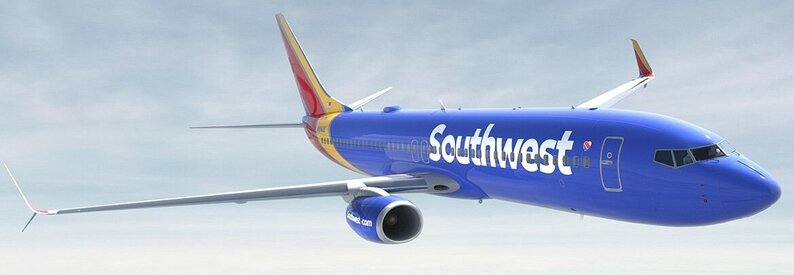Southwest Narrows Q1 Losses and Warns of Turbulence

Southwest Airlines reported a significant operating turnaround in the first quarter of 2025, yet cautioned investors that economic headwinds and global trade tensions may weigh on future performance. For the period ending March 31, the carrier posted $6.4 billion in total revenues—up 1.6 percent year-on-year and a company record—with passenger revenues alone reaching $5.8 billion. Despite the revenue gain, Southwest recorded an operating loss of $223 million; excluding special items, that loss improved to $128 million. Net losses narrowed from $231 million in 1Q24 to $149 million in 1Q25.
Operating expenses fell 1.1 percent despite a $6.6 billion spend that included $62 million in severance costs related to the first layoffs in Southwest’s 57-year history. Management expects the staff reductions to yield $210 million in savings during 2025 and $300 million in 2026. The improved cost performance helped offset a 1.9 percent cut in overall network capacity, in line with guidance.
Operational metrics, however, showed a pullback. Revenue passenger counts declined 8.8 percent to 29.9 million, while load factor dipped 4.4 points to 73.9 percent. The airline flew 331,886 revenue flights compared with 349,979 a year earlier. Southwest’s fleet shrank by 19 aircraft to 800 Boeing 737-family jets, as the carrier accepted 11 new MAX 8s and retired 14 older planes, including 12 737-700s and two 737-800s.
Yield management boosted the average ticket price to $193.75 from $173.76 in 1Q24, lifting passenger revenue per mile to 18.97 cents over 17.26 cents. Lower fuel prices supported the margin uptick, with average fuel cost per gallon (including taxes) falling 14.7 percent to $2.49. Overall cost per available seat mile (CASM) climbed slightly to 16.05 cents, while CASM excluding fuel and oil rose 6.2 percent to 13.04 cents. These dynamics reflect Southwest’s efforts to balance unit revenues against rising non-fuel expenses.
Capital expenditures totaled $501 million, driven by aircraft deliveries and investments in technology, facilities and operations. Proceeds of $24 million from a sale-leaseback transaction partially offset that outlay. The carrier ended the quarter with $220 million in cash, a level management says is sufficient to navigate ongoing uncertainty.
At an investors’ meeting on April 23, CEO Bob Jordan highlighted record on-time performance and successful cost-reduction initiatives, including the launch of Expedia as a new distribution partner and enhancements to the loyalty programme. He confirmed that Southwest will introduce basic economy fares and baggage fees next month and start selling assigned and extra-legroom seats in the third quarter of 2025, with operations to begin in Q1 2026. Cabin refurbishments featuring premium seats and in-seat charging are also under way, alongside the introduction of assigned seating system-wide.
Despite the upbeat quarter, Jordan warned that macroeconomic volatility—fueled by rising interest rates, muted consumer confidence and a protracted U.S.–China trade dispute—could dampen travel demand. With domestic leisure bookings already softening and major competitors flagging weaker June quarter trends, Southwest opted not to reaffirm full-year guidance. Instead, it emphasized a conservative stance, underscored by an investment-grade balance sheet and a flexible Boeing order book that supports fleet modernization and future growth.
As Southwest moves through 2025, its ability to sustain profitability will hinge on navigating cost pressures, capturing ancillary revenue, and preserving market share in an environment where economic headwinds and geopolitical tensions threaten to ground broader expansion plans.
Related News : https://airguide.info/?s=Southwest
